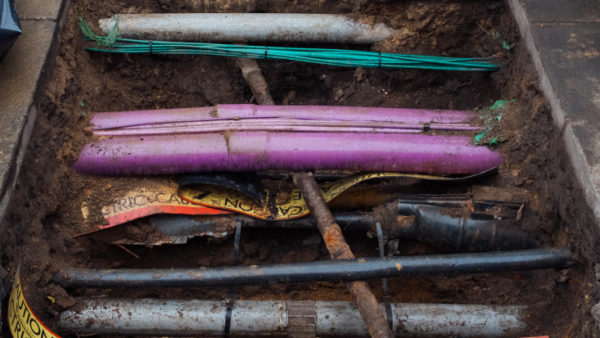
The Department for Levelling Up, Housing & Communities (DLUHC) has issued further clarifications on the development, maintenance and operation of the golden thread of information two months after the last set of clarifications.
In response to industry feedback, the DLUHC has made clear what information is required to be stored in the golden thread. That information is:
- the completion or partial completion certificate application and certificate (for those building which have gone through the new Building Control process for higher-risk buildings);
- copy of any certificate issued for scheme work conducted under a Competent Person Scheme;
- fire safety information and documents which the client for scheme work (conducted under a Competent Person Scheme) has to provide to the Responsible Person;
- registration information;
- key building information;
- building assessment certificate application and certificate (and any notice given by the Regulator when refusing a building assessment certificate application);
- information and documents related to fire safety management;
- information and documents relative to evacuation for the higher-risk building;
- information and documents to be provided to the fire and rescue service under regulations 4,5,6 of the Fire Safety England Regulations 2022;
- information and documents related to structural safety and structural risks;
- building safety risk assessments and documents and information related to the management of building safety risks, including the safety case report;
- information relating to building design (namely the design codes, standards and design intent applied at construction);
- building plans;
- information and documents related to mandatory occurrence reporting;
- information and documents to be provided proactively to residents;
- information and documents about relevant complaints; and
- copies of contravention notices issues.
Emergency access
The DLUHC noted the concerns raised about fire and rescue authorities needing to digitally access the golden thread. “The government will be mandating that certain golden thread information will have to be provided electronically to the local fire and rescue authority,” it said.
The DLUHC said it understood respondents’ requests for guidance and further clarity on how the golden thread information should be managed, to ensure it remains relevant to building safety, and how decisions around relevancy of information and documents are made. It said: “Government will continue working closely with the Building Safety Regulator to ensure that principal accountable persons and accountable persons have the necessary guidance to effectively create and manage the golden thread information.”
Some respondents raised questions about setting a timeframe for reviewing and updating the golden thread information. The DLUHC said: “We do not consider that it is necessary to mandate how often golden thread information is reviewed and updated.
“Instead, we mandate that certain information and documents have to be kept up to date and reflect the building at the current point in time. We also mandate how long some information and documents should be kept as golden thread information and if previous versions of the information and documents should be kept.”
Not one IT system
Rather worryingly, the DLUHC felt it necessary to combat some industry confusion and restate that it is not mandating one single IT system for the golden thread. It said: “The government is not proposing the use of a single system, but that information and documents should be able to be transferred electronically to other persons without the data in it being lost or corrupted. Some of those [consultation respondents] raising this concern did take this into account, but felt that this proposal would not work as some IT systems or formats make it difficult for information or documents to be easily exchanged or accessed without specific software licenses.”
What residents need
The latest set of clarifications also detail what information should be provided to residents.
The DLUHC makes it clear that “it is essential that all residents of higher-risk buildings receive certain information and documents about their building’s safety”.
Some respondents were rightly concerned about residents’ ability to comprehend building safety information. The DLUHC said: “We will set out in regulations a requirement that the information and documents on building safety is provided in such a way that is understandable to residents. The option to request further information will also give residents the ability to access more detail if they wish to.”
The DLUHC added: “More detail on the format of information and documents, including how this should be provided in an accessible and comprehensible manner, is provided in the government’s separate response to sections of the consultation on the new building safety regime for occupied higher-risk buildings and is set out in the Higher-Risk Buildings (Management of Safety Risks) (England) Regulations 2023.”
How residents can access information and documents on planned maintenance or building safety works will be addressed specifically through the forthcoming regulations on the residents’ engagement strategy.
Accountable persons may still choose to provide additional information and documents even though this is not a requirement in the regulations.
Don’t miss out on BIM and digital construction news: sign up to receive the BIMplus newsletter.














